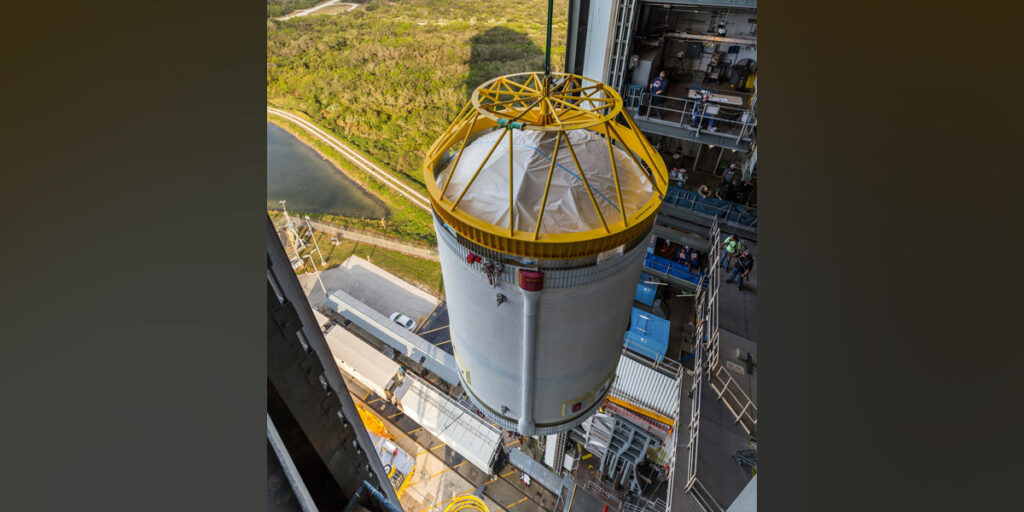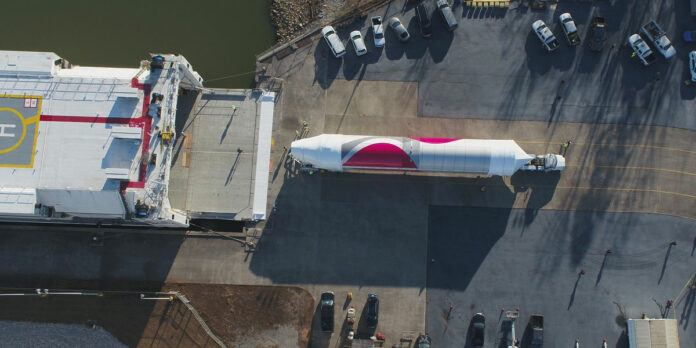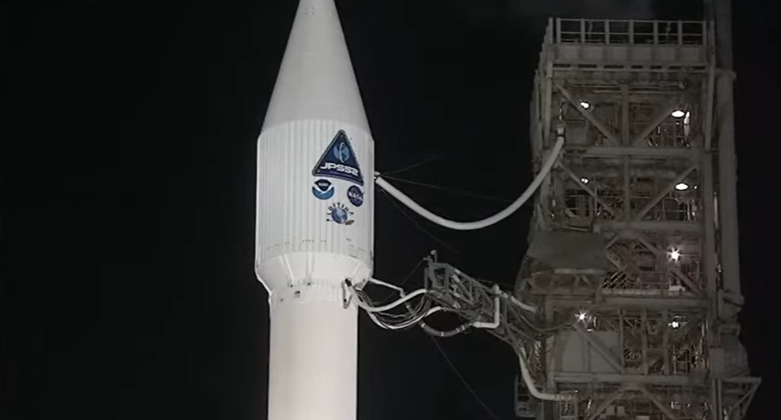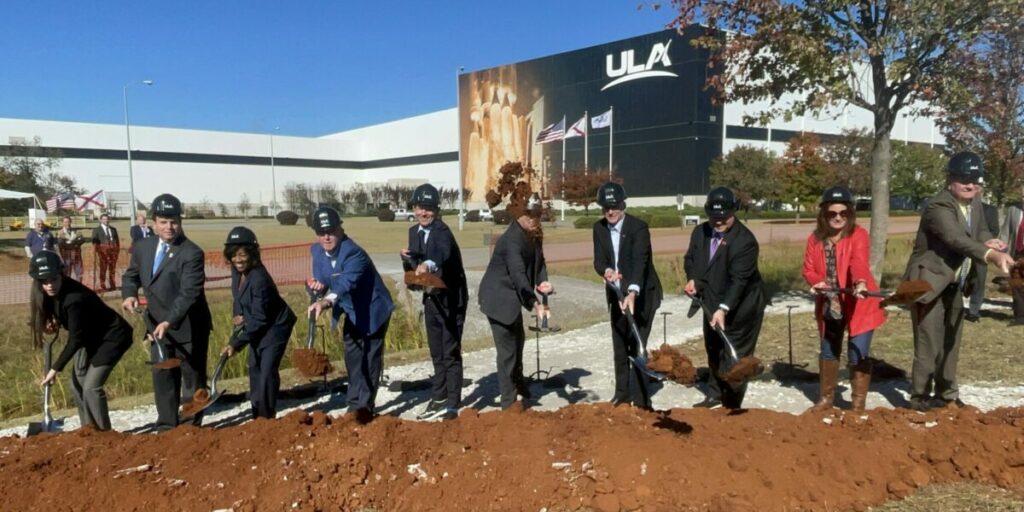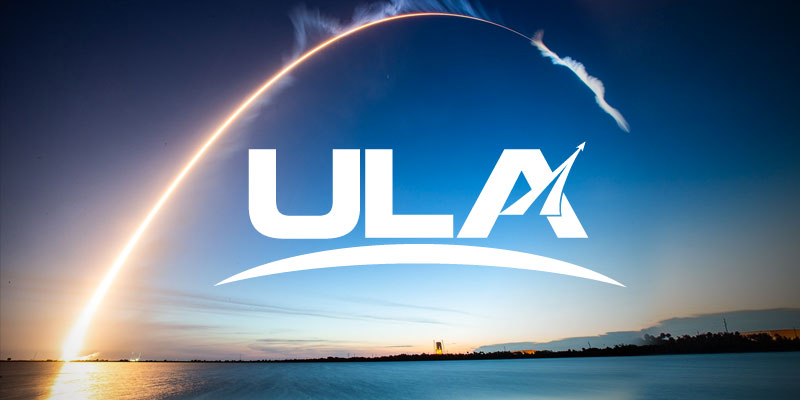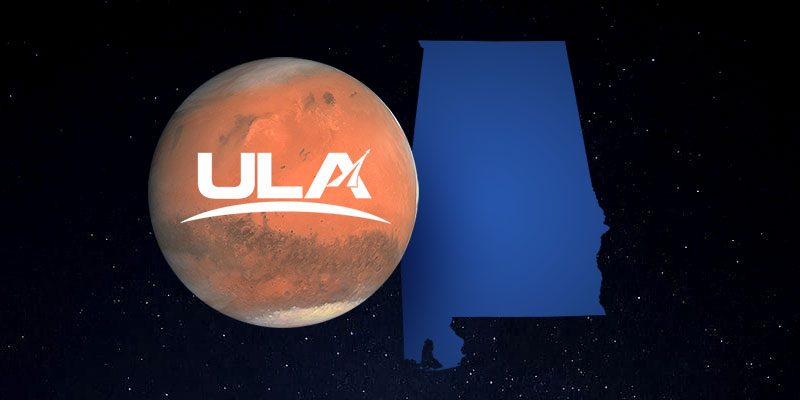Final preparations are underway for United Launch Alliance’s (ULA) Atlas V rocket to launch NASA’s historic Lucy mission, which will explore remnants of the early solar system.
ULA’s rocket launch will set into motion a first-of-its-kind mission to explore what is known as the Jupitar Trojan asteroids. The 12-year mission will see NASA’s Lucy spacecraft explore a record-breaking number of asteroids.
The launch is on track to occur on October 16 at Cape Canaveral Space Force Station’s Space Launch Complex-41.
Gary Wentz, ULA vice president of Government and Commercial Programs, heaped praise upon the collaborative effort which played a vital role in ensuring the launch comes to fruition.
“We are proud to launch this one-of-a-kind mission to explore the Trojan Asteroids,” said Wentz. “Thank you to our mission partners for the outstanding teamwork as we finish preparations to launch this revolutionary mission, which will provide incredible insight into planetary origins and the formation of the solar system.”
The Lucy mission is a joint mission of NASA’s Goddard Spaceflight Center, the Southwest Research Institute and NASA’s Launch Services Program (LSP) based at Kennedy Space Center.
ULA’s proprietary Right Ascension of the Ascending Node (RAAN) steering will be utilized in the mission. Interplanetary missions have incorporated RAAN to expand the launch window as it increases the likelihood of launching during planetary launch spans that are typically restrictive. The capability enables the ability to steer back to the required RAAN position in the event that it launches significantly before or after the optimal time.
The mission will launch on an Alabama-built Atlas V 401 configuration rocket, that includes a 14-foot large payload fairing (LPF) and stands 188 feet tall. The Atlas booster for this mission is powered by the RD AMROSS RD-180 engine. Aerojet Rocketdyne provided the RL10C-1 engine for the Centaur upper stage.
This mission will be the 89th launch of the Atlas V rocket and marks the 100th launch from SLC-41 at Cape Canaveral Space Force Station. To date, ULA has launched 145 times with 100% mission success.
The launch is planned for 5:34 a.m. EDT. The live launch broadcast begins at 5 a.m. EDT on October 16 at www.ulalaunch.com.
Dylan Smith is a staff writer for Yellowhammer News. You can follow him on Twitter @DylanSmithAL







